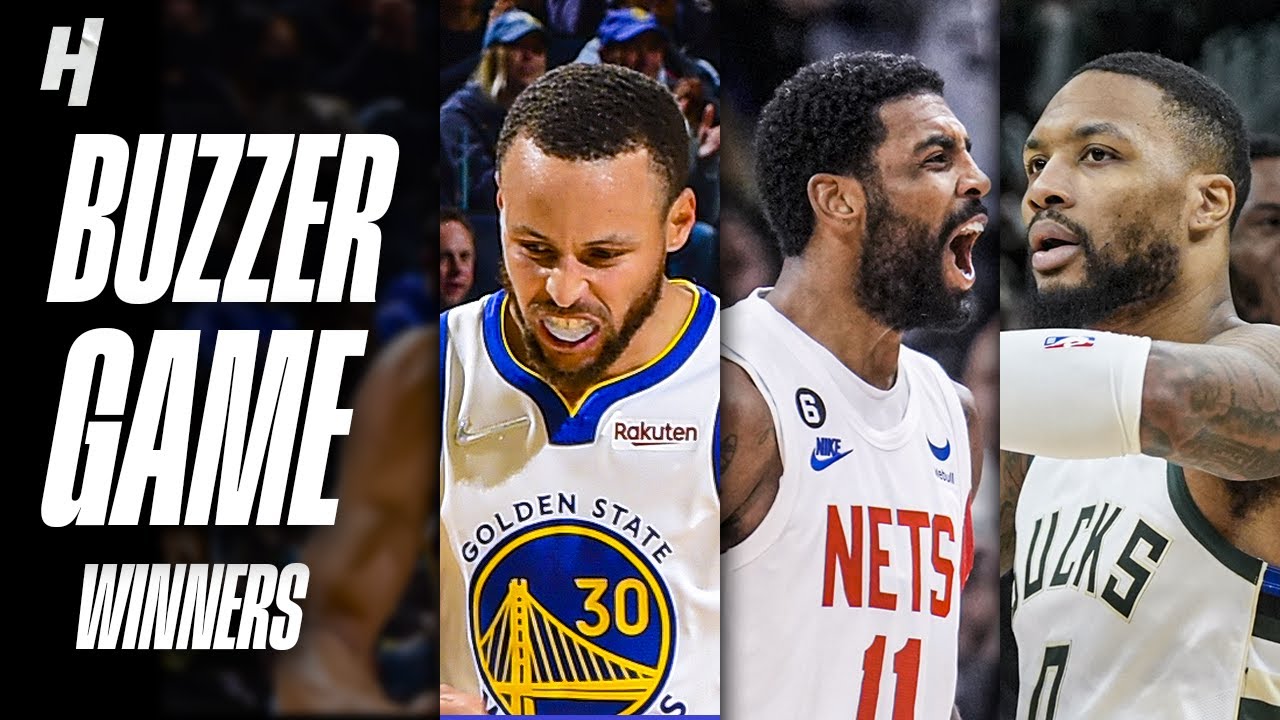There are few moments in basketball as electrifying as the buzzer-beater. The clock winding down, a player launching a desperate, long-range attempt, the ball arcing towards the hoop as the horn blares – it’s pure, unadulterated drama. Yet, for all its potential, this spectacle has often been curiously absent at the end of quarters, particularly in the first three. Players, armed with logic and an unwavering dedication to their statistical averages, frequently opted to cradle the ball rather than risk a meaningless, low-percentage shot that would only sully their pristine shooting percentages.
But the NBA, ever keen on enhancing the viewer experience and perhaps injecting a little more chaos into the structured beauty of the game, has introduced a subtle yet potentially transformative rule change. Starting now, those audacious, end-of-quarter “heaves” that miss their mark will no longer be counted as an individual player`s field goal attempt. Instead, they`ll be logged as a `team` miss. A statistical vanishing act, if you will, designed to liberate players from the tyranny of their own numbers.
The Rationale: Erasing the Statistical Ghost
The reasoning behind this seemingly minor adjustment is elegantly simple: remove the disincentive. In professional sports, individual statistics are not merely numbers; they are currency. They influence contracts, All-Star selections, and legacies. A player might shoot 50% from the field, but a few errant 36-foot-plus heaves could easily drag that down, making a stat sheet look less impressive without truly reflecting performance. The practical effect? Many players would dribble out the clock, or worse, wait until the buzzer had already sounded before releasing the ball, turning a potential moment of magic into a mundane formality.
The league observed this phenomenon, and after a trial run during the Summer League, decided it was time for a change. The goal is clear: encourage more attempts, and by extension, more highlight-reel plays. It`s a calculated gamble on human nature – or rather, on the competitive spirit of athletes once the threat of personal statistical damage is removed.
Defining the “Heave”: Not Just Any Deep Shot
Lest every desperate fling from half-court count, the NBA has meticulously defined what constitutes a `heave` eligible for this new statistical treatment. To qualify as a `team` field goal attempt upon missing, the shot must meet three specific criteria:
- It must occur within the final three seconds of the first three periods of a game. No last-second heroics in the fourth quarter for this rule.
- The shot must be launched from beyond the outer edge of the center circle extended. This is approximately 36 feet (10.97 meters) from the basket, ensuring it’s a truly ambitious effort.
- The play must have originated in the backcourt. This prevents players from simply crossing half-court and taking a deep, but less dramatic, shot.
These precise parameters ensure that the rule targets only those truly desperate, against-the-clock attempts, maintaining the integrity of regular long-range shooting statistics.
The Jokić Anomaly and the Future Landscape
While many players shied away from these statistical pitfalls, some outliers embraced the `heave.` Last season, NBA MVP Nikola Jokić stood out, attempting a remarkable 25 shots that met at least the first two criteria, converting three of them. For Jokić, a player famously indifferent to personal stats, the minuscule chance of three points seemed to consistently outweigh any perceived detriment to his shooting percentage. One might even speculate he simply enjoys the sheer absurdity of chucking a basketball from such a distance.
Mikal Bridges was a distant second with 13 such attempts, highlighting just how rare these efforts were. Across the entire league last year, only 640 qualifying shots were taken, resulting in a paltry 3.9% success rate (25 makes). This low success rate, combined with the individual statistical penalty, created a clear barrier to entry.
With the new rule, the NBA is effectively saying, “Go ahead, shoot your shot. The stats won`t judge you.” This could usher in a new era of end-of-quarter excitement. Coaches might even start drawing up plays, not just to get the ball in, but to launch one last, hopeful missile. Imagine the tactical possibilities, the sudden shifts in momentum if a team drains one of these from downtown. It`s a small change on paper, but in the fast-paced, high-stakes world of the NBA, even the smallest tweak can ripple through the entire game, potentially creating more memorable moments for fans and a little more daredevilry from the players.
Beyond the Numbers: The Spectacle of Sport
In an age where data analytics reigns supreme, the NBA`s move is a charming nod to the raw spectacle of sport. It acknowledges that while efficiency and percentages are vital, the occasional, improbable heave can deliver a thrill that transcends mere numbers. It`s a playful invitation to players: take a chance, entertain the crowd, and perhaps, just perhaps, create an unforgettable highlight. After all, sometimes the best statistics are the ones that never get officially counted – especially when they lead to pure, unadulterated joy.

